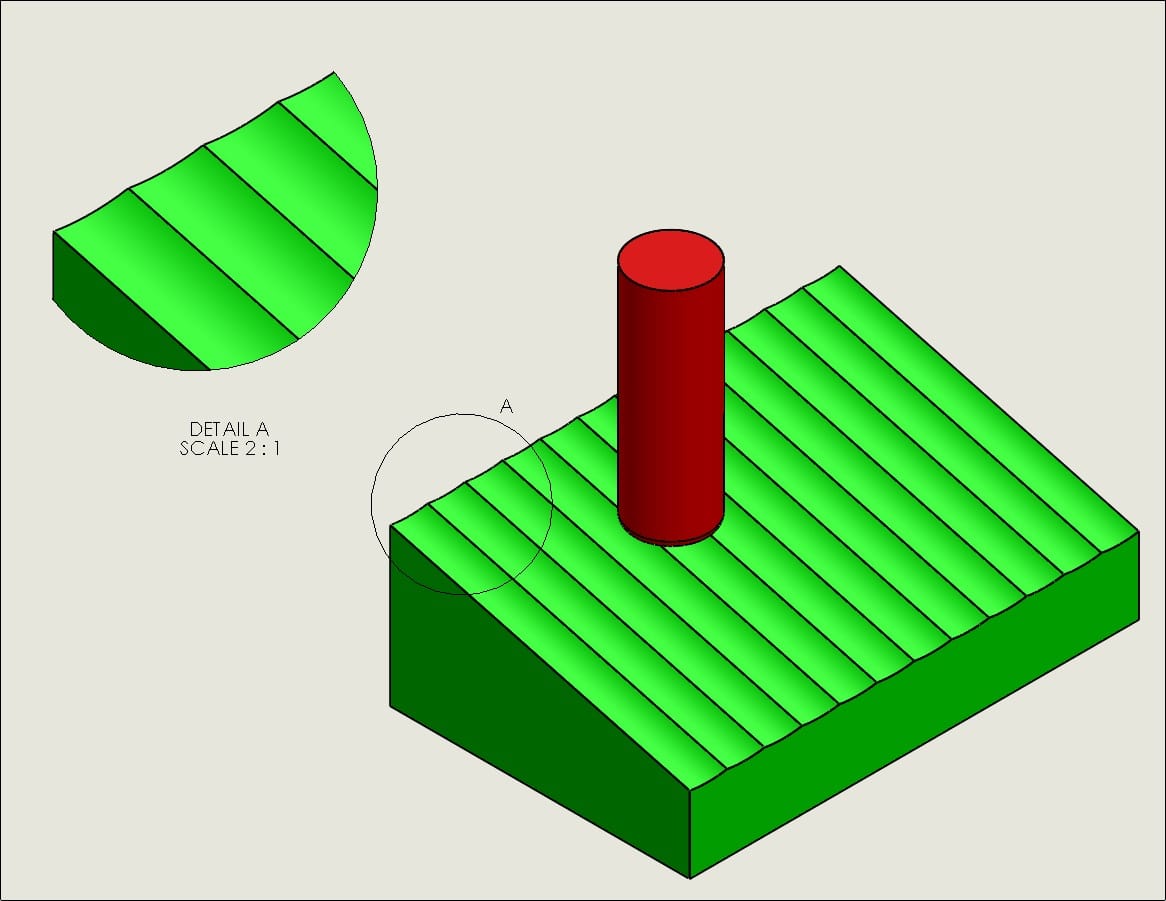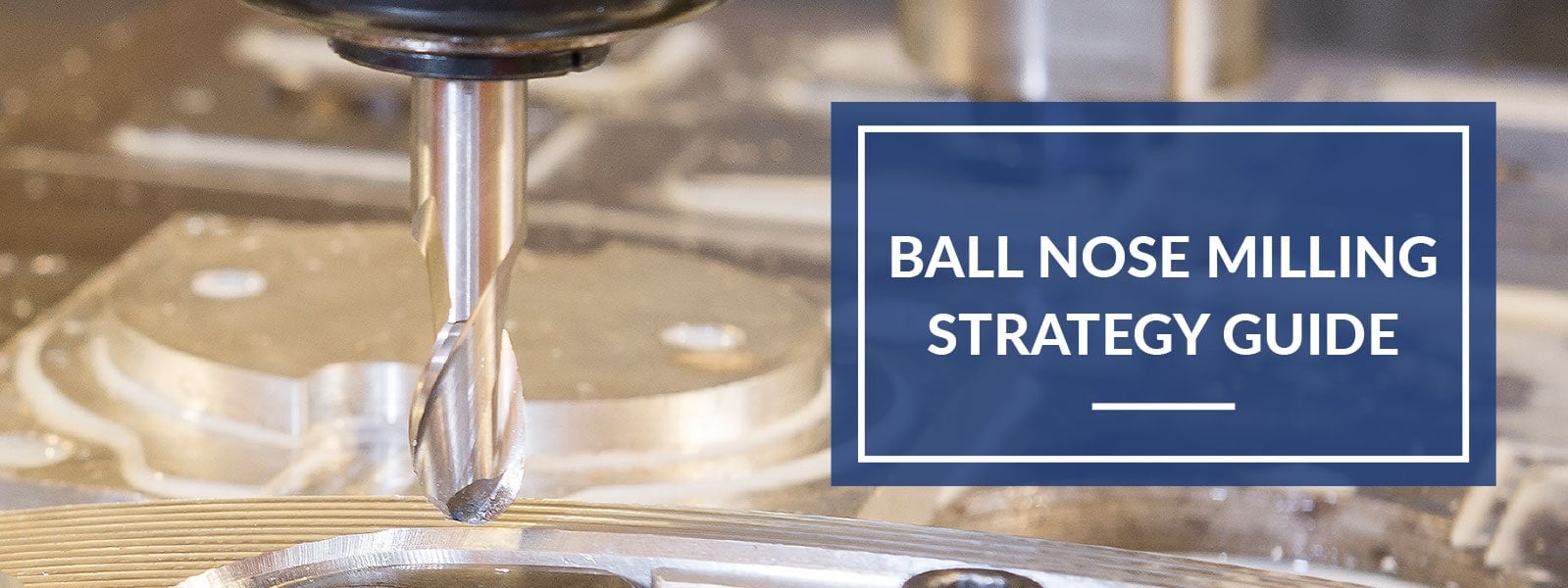Ball Mill Surface Finish Calculator

Milling step over distance calculator in many milling operations the cutting tool must step over and make several adjacent cuts to complete machining a feature.
Ball mill surface finish calculator. Speed and feed calculators ball mill finish calculator part spacing calculator g and m code characters standard end mill sizes standard drill. Force torque and power. Please fill out the form below with feeds and speeds that work for you and i will place them into a. Calculate tangential force torque and machining power for end milling applications.
As a result a small cusp of material called a scallop will remain between these cuts on any surrounding walls or on the machined surface if a ball end mill is used. Calculate surface finish when using a ball nose end mill. The ball mill finish calculator can be used when an end mill with a full radius a ball mill is used on a contoured surface. But it gets even better.
G spec balance formula. Calculations are based on the tool nose radius and feed per rev for turning or ball nose cutter diameter and stepover for milling. Ball nose milling without a tilt angle. The finish of the part will be determined by the height of the scallop amd the scallop will be determined by the stepover distance.
The purpose of the surface roughness application is to enable the user to calculate the correct amount of lathe feed or ball nose cutter stepover to achieve a particular theoretical surface finish. Surface finish calculator solution cusp height gives an idea of surface finish and is most accurate when applied to a flat surface by reducing the pitch of step over distance cusp height is reduced and a finer finish is produced if a desired cusp height is known the appropriate pitch can be calculated. Simply tell it you have a ballnosed endmill and the surface finish calculator appears at the bottom. Ball nose surface finish.
Ball nose end mills are ideal for machining 3 dimensional contour shapes typically found in the mold and die industry the manufacturing of turbine blades and fulfilling general part radius requirements to properly employ a ball nose end mill with no tilt angle and gain the optimal tool life and part finish follow the 2 step process below see figure 1. Give it a specific scallop height and it will tell you the stepover needed to achieve it as well as the resultant ra and rms surface finish. The tool radius on each side of the cut will leave stock referred to as a scallop.


















